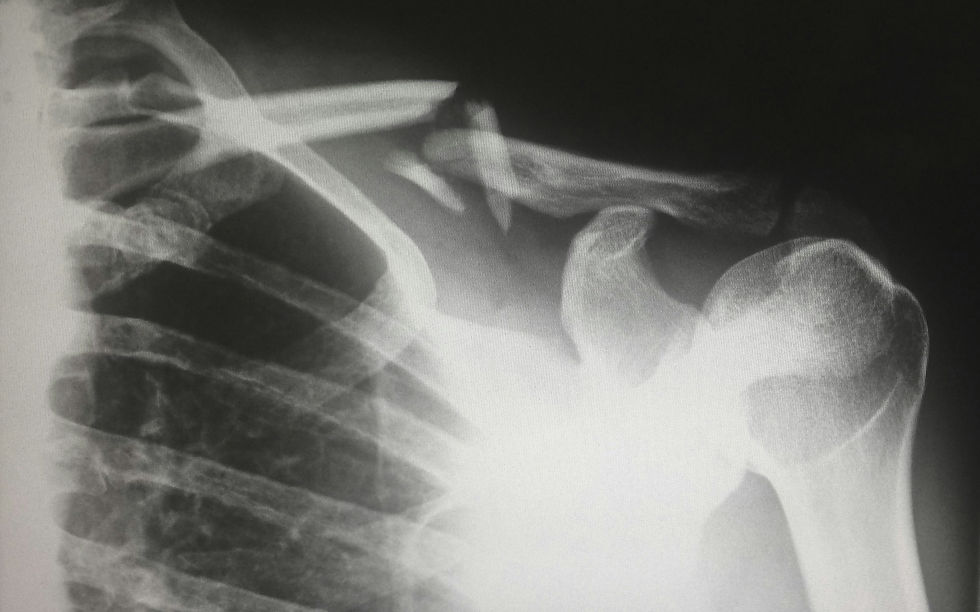Spanning The Globe March 2025
- marketingc8
- Mar 27
- 3 min read
It’s time to go spanning the globe for anatomy news and notes!
DOCTOR App
As reported by the University of Chicago Illinois news service, a team of UIC faculty, instructors and students have built “a modern tool for the long-standing practice of studying human anatomy.” It’s called DOCTOR and it’s free. The web application uses three-dimensional scans of cadavers and medical models to bring the anatomy lab to laptops, tablets and smartphones.
“With a swipe of their finger, students can twirl images of a real heart, brain or lungs. They can use voice commands to locate specific anatomical structures or click unfamiliar terms to hear their proper pronunciation. And whether in the classroom or at home, they can add drawings and notes to prepare for upcoming dissections,” the article reported. Check out this quick video about the application, too.
Fenestrated Skulls
One of our favorite words in the universe is “defenestrated,” especially when reading a murder mystery when the bad guy gets defenestrated. Well, thrown out a window. Regular old “fenestrated” means there are openings and/or windows in whatever you’re writing about and now a new study published by The Anatomical Record found that the crania of leporid lagomorphs are “uniquely fenestrated.” Why? The study found that the openings don’t impact “biting efficiency” but “may lighten the skull for agility.” If your skull doesn’t need to be solid through and through, evolution has got a fix. See rabbit run. Hare, too!

De-Extinction and Mammoth Mice
Speaking of evolution, it doesn’t hurt to keep track of those who are experimenting with the concept of bringing certain species back to life, such as the woolly mammoth, that have gone by the wayside.
Colossal Biosciences is a biotech company striving to give new life to the mammoth, dodo, and Tasmanian tiger. Recently, as reported in Science, the company debuted a new engineered mouse with “mammothlike traits,” including a fuzzy coat. They dubbed it “super exciting proof of concept.”
The idea is to sequence the genomes of vanished creatures and edit the DNA of a closely-related species to match. In the case of the mice, the scientists isolated a handful of genes that impact hair length, thickness, color and lipid metabolism. Voila, woolly mice. Yes, there’s plenty of debate about the advisability of pursuing this technique. If woolly mammoths vanished because their environment changed, how are they going to survive if they come back? What’s the point or, as one critic asks, are we making monsters in the lab?
Baffled
We’re always up for a good list of scientific “unknowns” and when it comes to the human body, even more so. Here’s an interesting list from AOL. It’s titled “30 Doctors Reveal The Most Baffling Things About The Human Body They Have No Answers For.”
Among the puzzlers:
Anesthesiologists don’t know how inhaled volatile anesthetics like sevoflurance actually work in the human body.
The role that the human gut plays in health, mood, immunity, and brain function.
Why nobody born blind has ever developed schizophrenia.
How a woman’s body knows to start labor.
What causes endometriosis and how to treat it effectively.
Why Claritin helps chemotherapy patients with bone pain.
Why people with inflammatory bowel disease are more likely to develop dementia and experience a co-morbid anxiety and depression.
What causes itching?
And …
How does memory work?
.
.
.
.




Comments